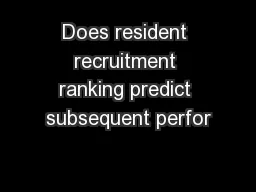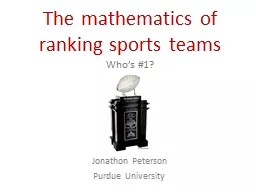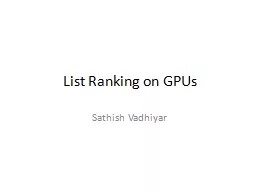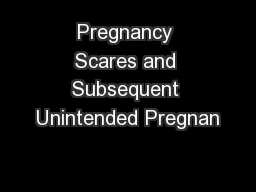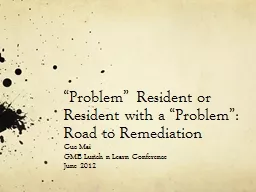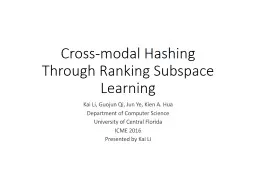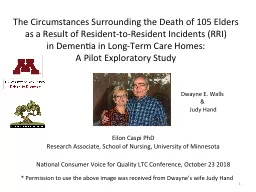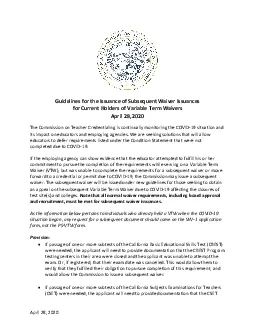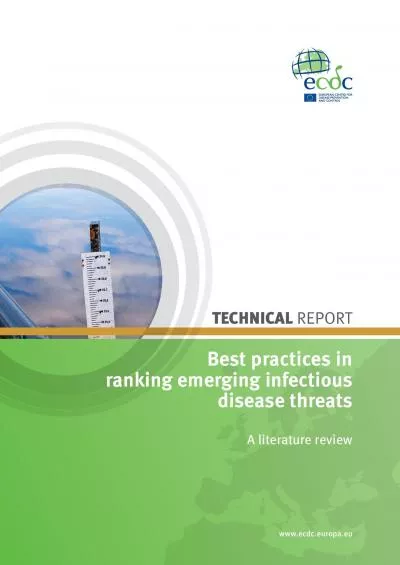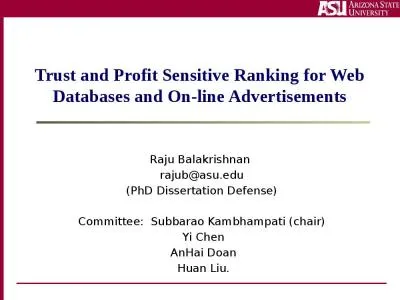PPT-Does resident recruitment ranking predict subsequent perfor
Author : sherrill-nordquist | Published Date : 2017-11-04
Jonathan Fryer Noreen Corcoran Brian George Ed Wang Deb DaRosa Northwestern University Feinberg School of Medicine Chicago Illinois Resident Selection Process
Presentation Embed Code
Download Presentation
Download Presentation The PPT/PDF document "Does resident recruitment ranking predic..." is the property of its rightful owner. Permission is granted to download and print the materials on this website for personal, non-commercial use only, and to display it on your personal computer provided you do not modify the materials and that you retain all copyright notices contained in the materials. By downloading content from our website, you accept the terms of this agreement.
Does resident recruitment ranking predict subsequent perfor: Transcript
Download Rules Of Document
"Does resident recruitment ranking predict subsequent perfor"The content belongs to its owner. You may download and print it for personal use, without modification, and keep all copyright notices. By downloading, you agree to these terms.
Related Documents

